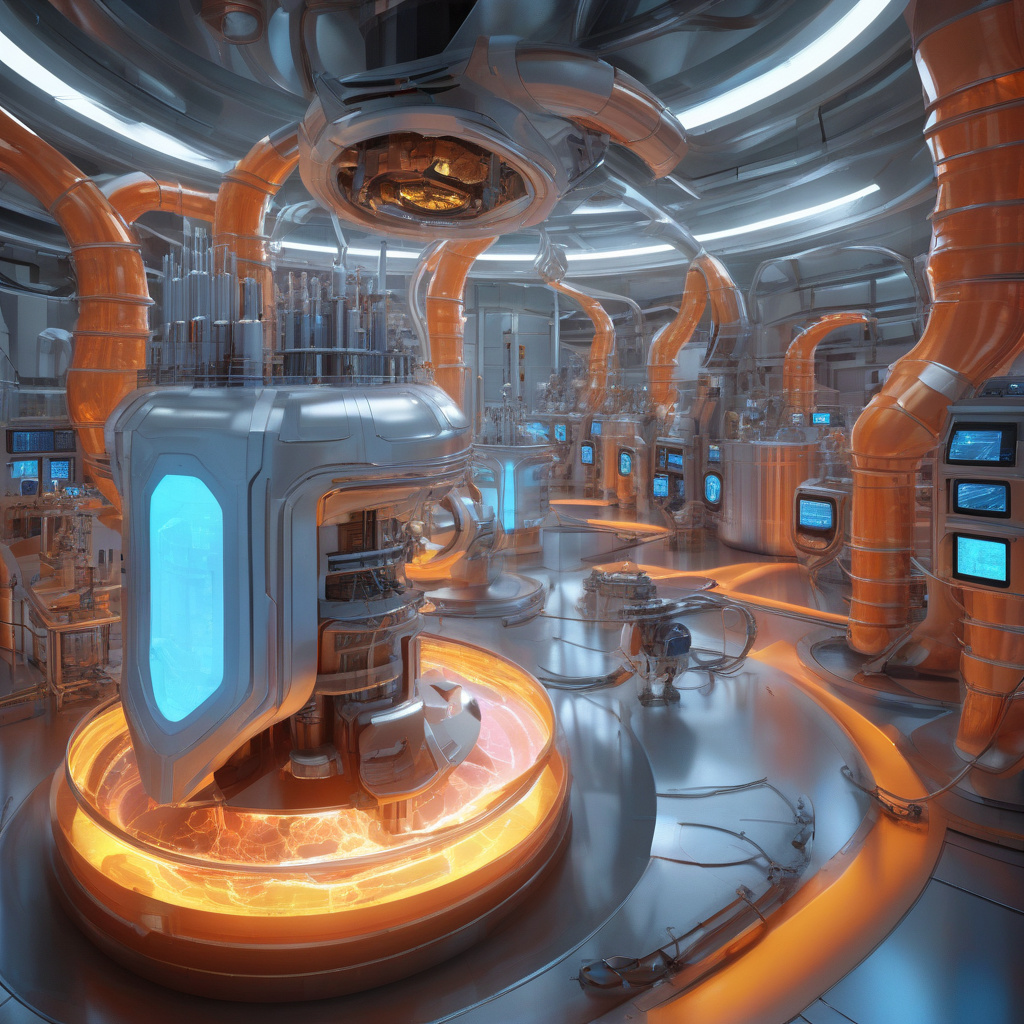US Fusion Research at 180,000°F Super-Hot Plasma Reveals Unexpected Heat Flow Barrier
Researchers in the US have revealed that heat does not flow as expected between different components in fusion experiments at 180,000°F. This groundbreaking discovery sheds light on the challenges faced in harnessing fusion energy, bringing both new insights and potential roadblocks to the forefront of fusion research.
Fusion energy, often touted as the holy grail of clean and limitless power, relies on recreating the same process that powers the sun. By fusing light atomic nuclei together in a super-hot plasma state, immense amounts of energy can be generated with minimal environmental impact. However, achieving and sustaining the extreme conditions necessary for fusion reactions is no easy feat.
One of the key challenges in fusion research is controlling the intense heat produced during the process. In the recent study conducted in the US, researchers found that the heat does not transfer uniformly between the different parts of the fusion reactor. This unexpected behavior creates a barrier to efficient heat management, potentially jeopardizing the stability and performance of the fusion reaction.
The researchers discovered that the heat flow barrier is linked to the behavior of plasma instabilities, which are fluctuations in the plasma that can disrupt the fusion process. These instabilities can cause the heat to be trapped in certain areas of the reactor, leading to uneven distribution and potential damage to the reactor components.
Understanding and overcoming this heat flow barrier is crucial for the advancement of fusion energy research. By developing strategies to mitigate the effects of plasma instabilities and improve heat management, scientists can pave the way for more stable and efficient fusion reactions.
Moreover, this discovery exemplifies the complex nature of fusion research and the constant need for innovation and adaptation. As researchers continue to push the boundaries of what is possible in fusion energy, unexpected challenges like the heat flow barrier serve as valuable learning opportunities that drive progress in the field.
In conclusion, the recent findings from US fusion research at 180,000°F highlight the intricate dynamics at play in the quest for viable fusion energy. By uncovering the unexpected heat flow barrier, researchers have identified a critical area for improvement and innovation in fusion reactor design and operation. As the journey towards practical fusion energy continues, addressing challenges such as this will be essential for realizing the full potential of this groundbreaking technology.
fusionenergy, usresearch, heatflowbarrier, plasmastability, energyinnovation












